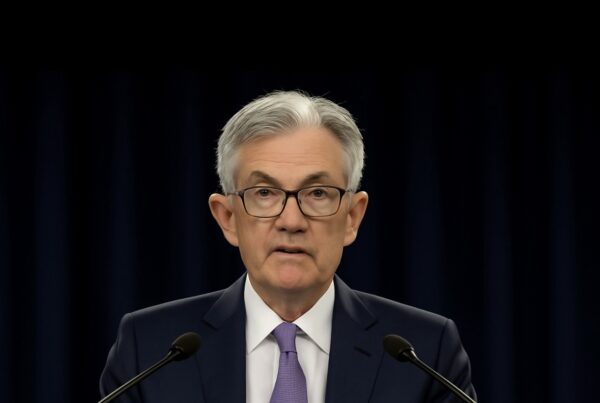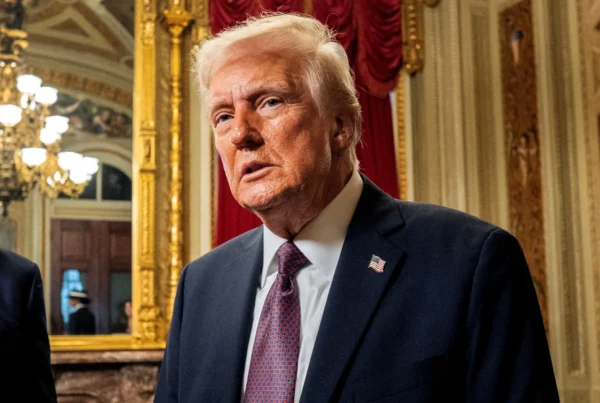Massive capital flows are once again entering the crypto market through exchange-traded funds. Bitcoin registered inflows of around USD 552.78 million in a single day, while Ether posted a three-day streak of positive inflows. These moves are strong signals that institutional investors are no longer on the sidelines but are actively increasing exposure to digital assets after a period of high volatility.
Bitcoin spot ETFs in the United States have seen inflows for four consecutive trading days. Recent data shows that two major products dominate this surge. BlackRock’s iShares Bitcoin Trust (IBIT) attracted more than USD 366 million, while Fidelity’s Wise Origin Bitcoin Fund (FBTC) received roughly USD 134 million. Other issuers including Bitwise, Invesco, Franklin, and VanEck also saw smaller contributions. Altogether, more than USD 1.68 billion has flowed into spot Bitcoin ETFs in just four days, leading many analysts to argue that the market is in the middle of an institutional accumulation phase.
Ether Gains Institutional Attention
Not only Bitcoin, but Ether has also started to capture renewed institutional interest. Spot Ether ETFs reported net inflows of about USD 113 million on the latest trading day. Fidelity’s FETH led the pack with USD 88 million, followed by Bitwise and several other issuers. Although one or two products still showed outflows, the three-day positive streak highlights that Ethereum is once again gaining a foothold in institutional portfolios after months of sluggish activity.
Since its launch in mid-2024, Ether spot ETFs have struggled to build liquidity and volume. Yet the recent trend shows growing confidence. Analysts note that regulatory clarity and a stronger arbitrage framework have helped boost trust. U.S. authorities recently approved in-kind creation for crypto ETFs, a mechanism that enables more efficient flows and reduces pricing gaps between ETF units and the underlying assets.
Global Market Impact
These consistent inflows are more than just technical data points; they reflect a structural shift in how institutions approach digital assets. With capital flowing from some of the world’s largest asset managers, crypto markets are increasingly gaining legitimacy in the eyes of traditional finance. Rising liquidity also reduces the risk of wide spreads, benefiting retail traders who buy and sell ETF shares in the secondary market.
Analysts caution, however, that inflows alone do not guarantee long-term price appreciation. Crypto remains highly sensitive to macroeconomic conditions such as Federal Reserve interest rate policy, inflation trends, and global equity performance. Still, a steady influx of institutional capital provides a liquidity buffer. As long as inflows continue, extreme volatility could be tempered by deeper order books and more balanced trading conditions.
A closer look at issuer distribution is equally important. BlackRock and Fidelity dominate inflows, reflecting investor preference for large issuers with low fees and established liquidity networks. Smaller providers face greater challenges in attracting attention. This concentration of liquidity strengthens the position of leading funds while creating a two-tier ETF ecosystem.
The trend has also drawn attention from regulators and industry stakeholders. The U.S. Securities and Exchange Commission (SEC) views the expansion of crypto ETFs as part of the modern evolution of capital markets. Officials emphasize that oversight must remain strict to prevent manipulation, particularly pump-and-dump schemes. At the same time, many acknowledge that regulated ETFs offer greater transparency and investor protection than unregulated crypto trading.
The end of this week will serve as a test of whether the streak of inflows can continue. Should the trend hold into next week, the market could witness one of the largest inflow periods since these products launched. That would strengthen the argument that Bitcoin and Ether are no longer niche assets but credible alternatives for global investment managers.
Going forward, investors are advised to look beyond inflow totals. Monitoring price action, trading volumes, and derivative market responses will be critical. Macroeconomic forces remain decisive. Nonetheless, the foundation of institutional demand is clearly firming up. This development fuels optimism that crypto markets can grow more stable and sustainable, while also opening greater opportunities for retail participation.
The billions flowing into Bitcoin and Ether ETFs are clear evidence that crypto has moved beyond the margins. Institutional investors are now building positions with conviction. This trend deserves close attention, as it could reshape the global financial landscape. To explore further, readers are encouraged to continue with Olam News’ analysis on crypto regulations and market trends.




